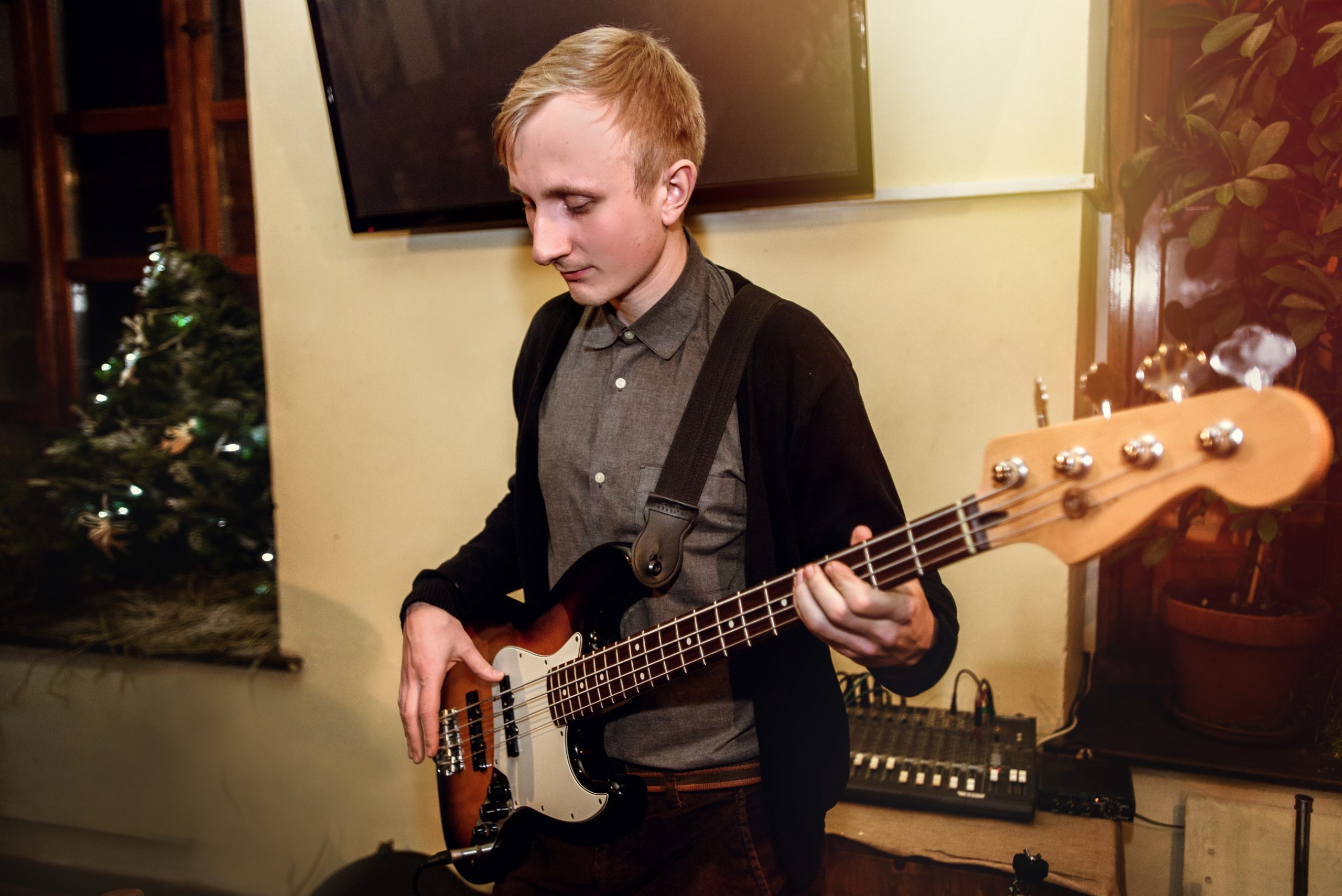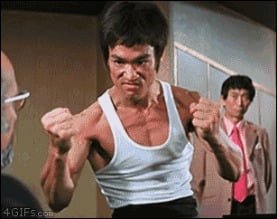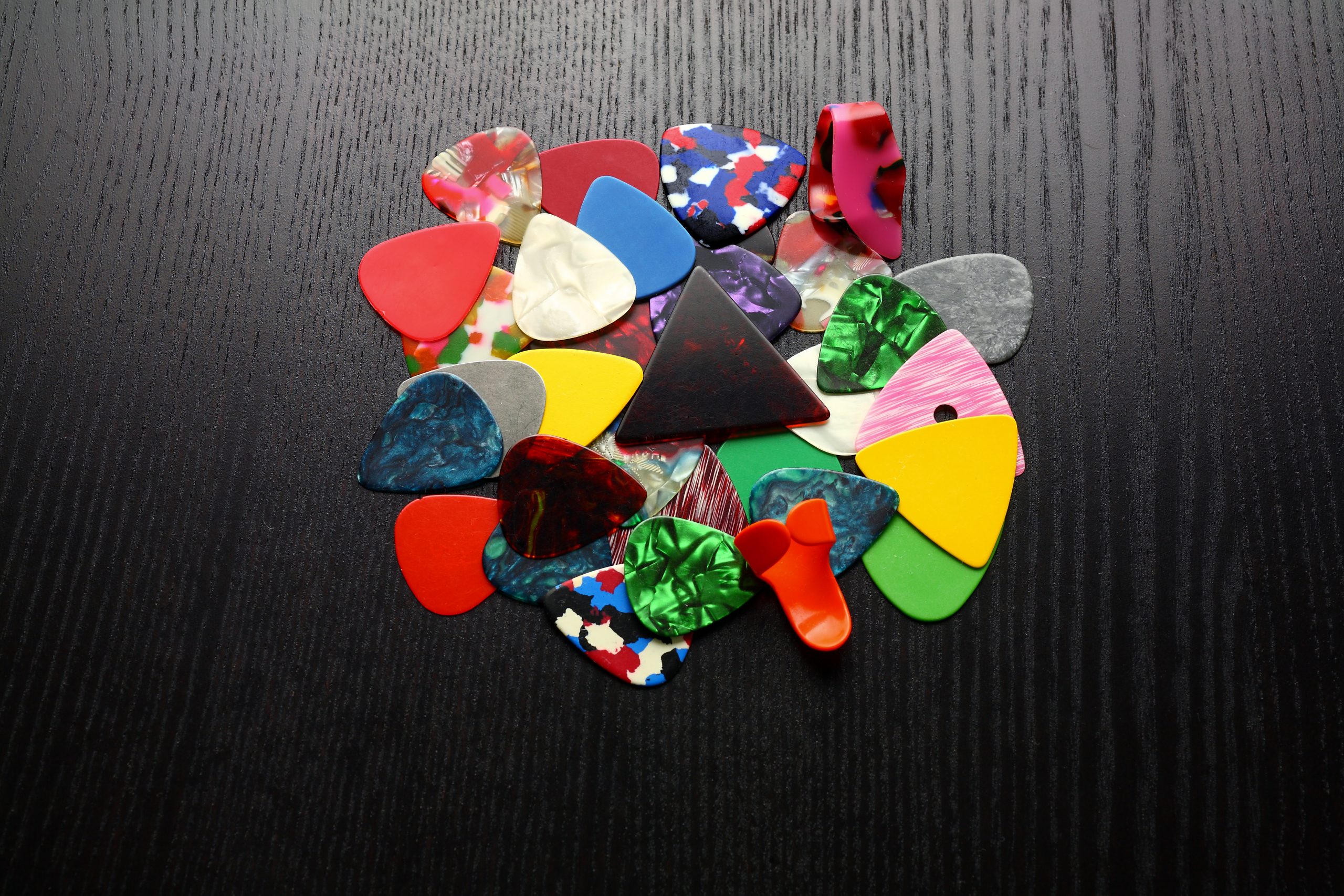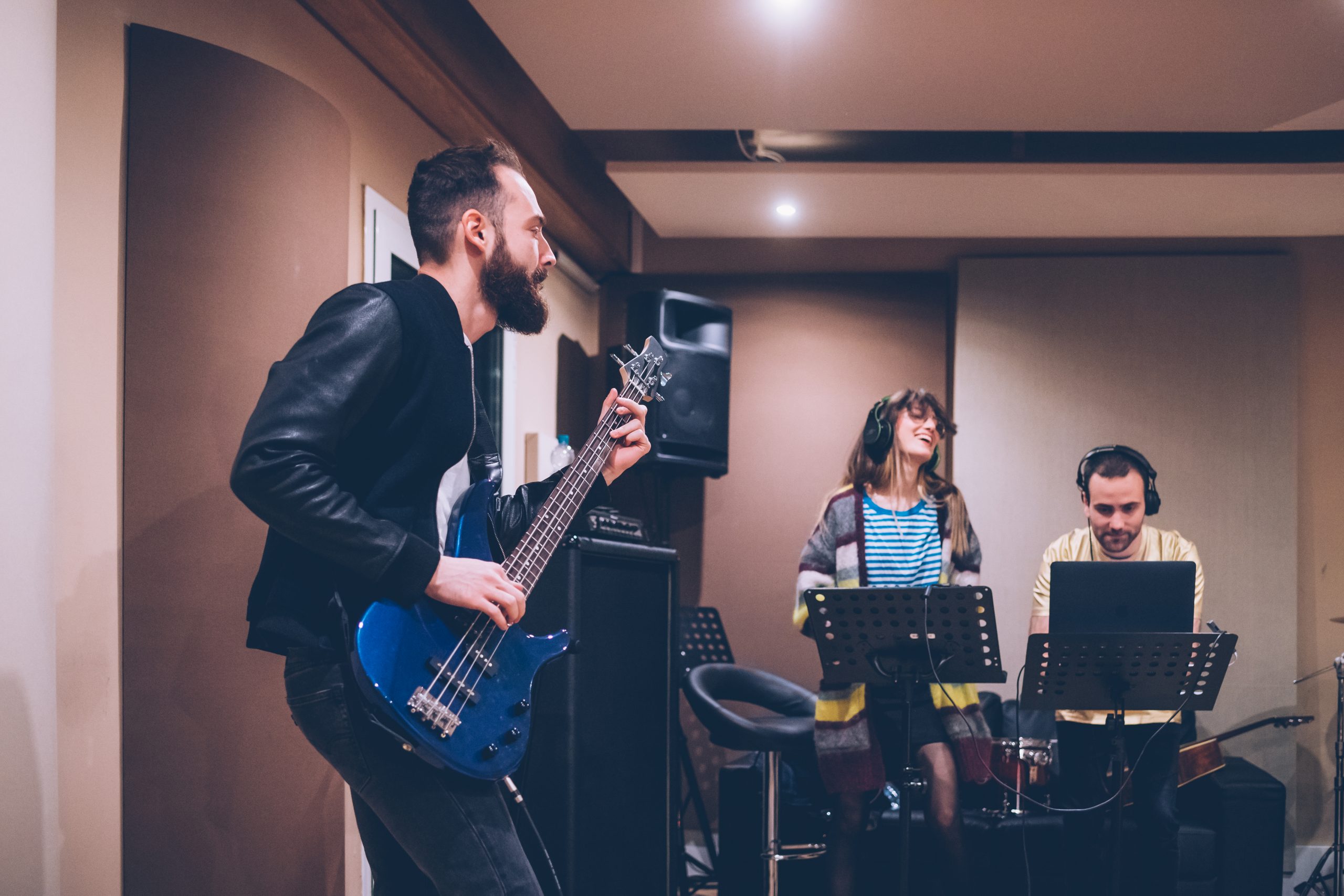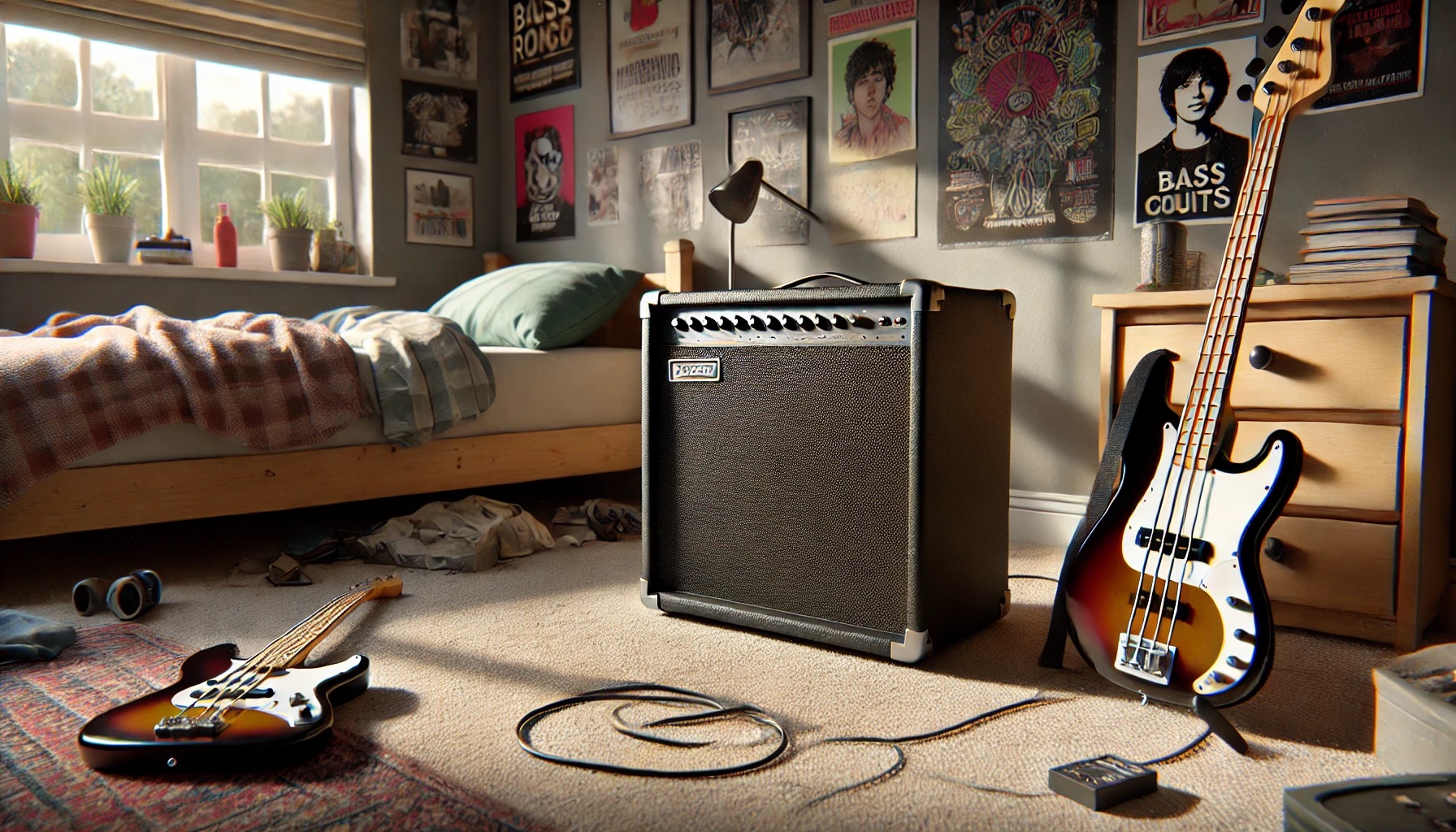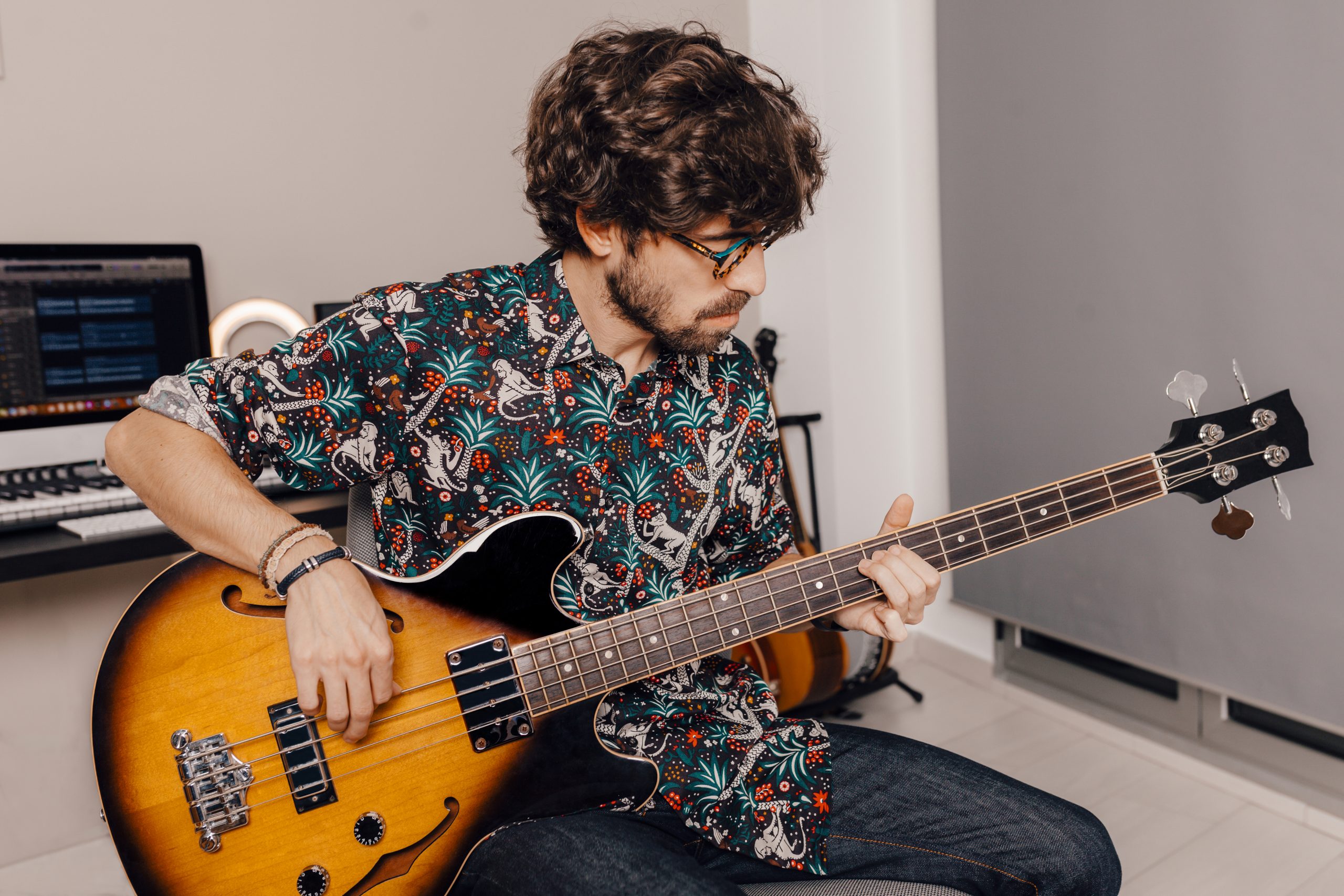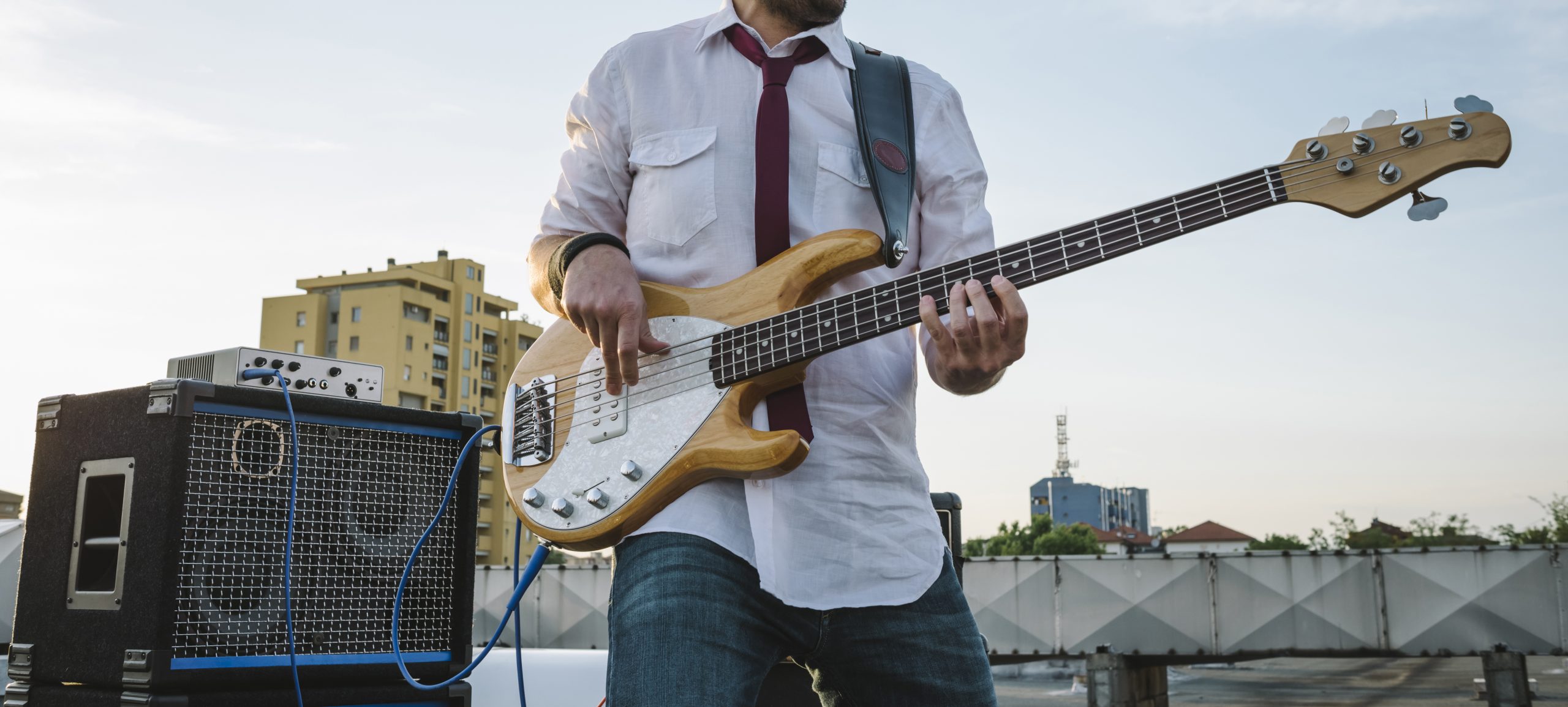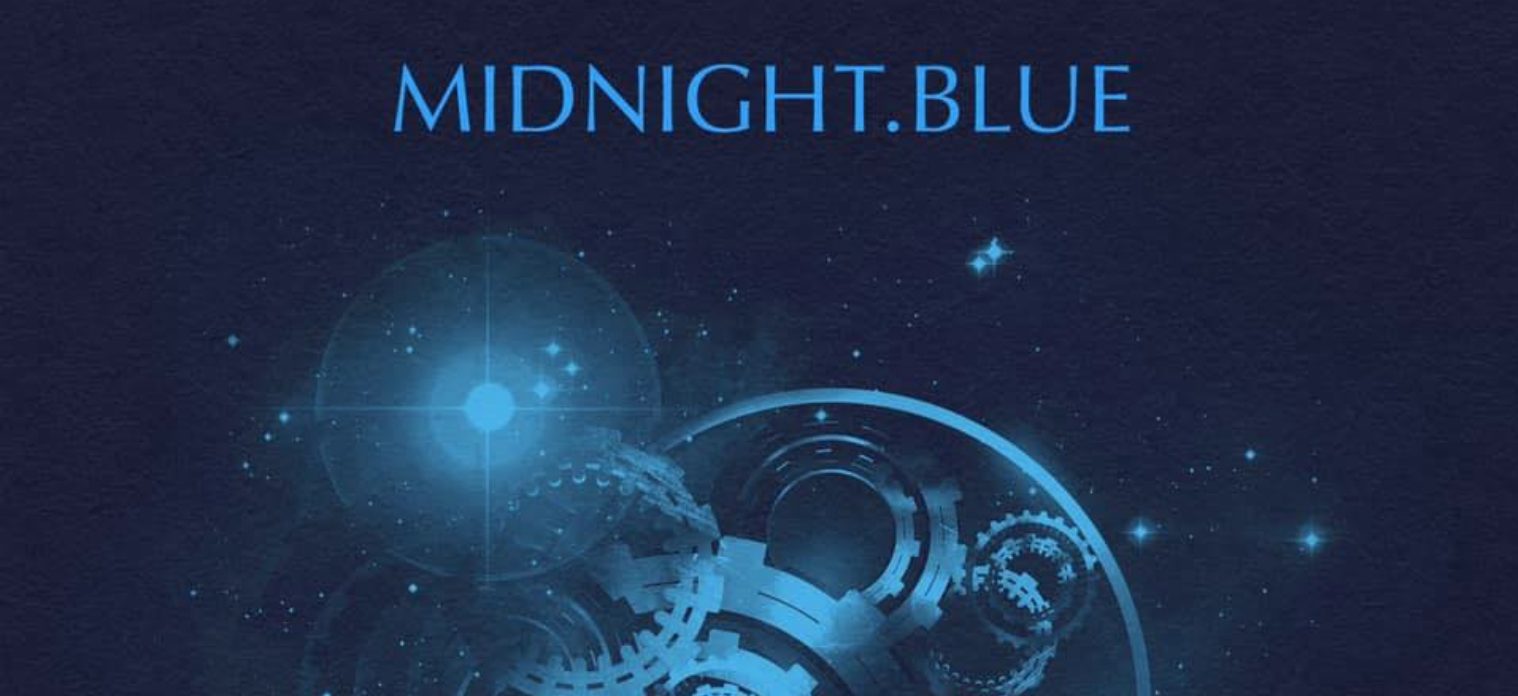Fixing a Bass Guitar
KEY TAKEAWAYS
- Essential troubleshooting for fixing a bass guitar includes checking the volume and tone knobs, testing inputs and cables, and adjusting the neck and strings to eliminate buzzes.
- If your tone and volume knobs or input jacks crackle when adjusting, you might have to replace some wires.
- If you experience a lot of buzzing or rattling when playing, you’ll have to adjust the action.
Even the best bass guitars are subject to wear and tear. But many of the common fixes, such as how to fix a bass input jack, can be done right from your home without hiring a luthier. So if your broken bass guitar is propped in the corner, broken and unplayed, continue reading this guide on how to fix a bass guitar.
And if you have a bass but nowhere to put it, we also have a guide on choosing the best bass guitar stands.
Basic Bass Repair
While knowing how to build a bass guitar is interesting, learning how to fix one is necessary. And while every break is unique, there are a few common troubleshooting areas to check if your bass isn’t working as it should. Most of these are simple fixes using basic tools.
Of course, if you want to explore the various tones that bass guitars can provide, check out our guide to the best P-bass pickups. And if you need even more reading, our piece covers the importance of how many strings a bass guitar has.
- Difficulty: Medium
- Time Required: 1 hour
- Total Steps: 9
- Tools Needed: Bass, Bass Cable, Allen Wrench, Soldering Iron, screwdriver
Check Tone and Volume Knobs
Step 1 – Check your volume knobs. It may sound too simple, but many electric bass owners rush to apocalyptic conclusions without checking if their instrument or amp volume is turned up.
Step 2 – Check your tone knobs by playing around with different positions. Do this until you get your preferred sound quality.
Step 3 – If you find that either your tone or volume knobs aren’t working, you likely have bad wiring connections.
Step 4 – To fix bad connections, you’ll have to remove the backplate of the guitar. Then check the wires connecting to the pots. Sometimes, the wires are loose, frayed, or disconnected. If this is the case, you’ll have clean the wires by removing the old solder and then reapply the new solder with the soldering iron.
Step 5 – Check your input and output jack to ensure that your cables aren’t placed in the wrong connection ports. If they’re not, switch them to the correct port.
Step 6 – Check the bass cable and the input jack. Wiggle the cable head where it goes into the jack and listen to see if you can hear any crackling noises. If the sound goes away, the problem is with the old cable.
But, if the crackling persists, try swapping out the cables. If there is still a strange noise once you’ve changed the cables, then the issue is likely the audio jack. You can either replace this yourself with a soldering iron or a basic knowledge of the electric bass guitar’s internal components.
Step 7 – To replace the audio jack, remove the wire connections with the soldering iron. Then, on the new jack, tin the two lugs. Tinning is a process of applying some melted solder around each lug before reattaching wires.
Step 8 – Once you’ve tinned the lugs, solder each wire back to the appropriate terminal: the hot wire (white) is laced on the tip lug, and the ground wire (black) goes to the ground lug. Once you’ve done this, screw the audio jack back in.
Step 9 – Next, make truss rod adjustments and change the string height. If you notice your bass string is hard to press down or if the strings buzz a lot, you’ll need an Allen wrench to adjust the truss rod at the bass’s neck. These adjustments alter the string tension by either bowing the neck to raise the strings to eliminate fret buzz or lowering them to make them easier to play.
How to Fix a Bass Guitar FAQs
How do I know if my bass’s wires need replacing?
If your tone and volume knobs make an intense crackling noise when turning, you may need to replace some internal wires.
Why does my bass guitar rattle?
A bass might rattle because the truss rod needs adjusting. If you notice the rattling coming from the 1st fret to the 5th fret at the top of the neck, you need to adjust the truss rod to raise the action. If you are hearing rattling from the 5th fret to the 12th fret, you likely need to lower the action.
What causes fret buzz?
Fret buzz comes from the strings being too close to the frets for electric guitars and basses. When a string is plucked and rubs against the fret it causes buzzing noises.
Tip: There is very little difference between guitar cables and bass cables, even though the capacitance between the two may differ, so you can interchange them if you like.
STAT: When adjusting your bass’s truss rod, only make adjustments of 1/4 turn of the Allen wrench at a time. (Source)
Warning: While playing a bass through a guitar amp is possible, playing at too high of a volume can damage the amp.
Sources:
https://musicianshq.com/bass-has-stopped-working/
https://www.bestbassgear.com/ebass/gear/electronics/how-to-fix-an-input-jack-crackling-sound-on-a-bass-guitar.html
https://www.sweetwater.com/insync/how-to-set-up-a-bass/
https://www.youtube.com/watch?v=TPJ1GVt86SE&t=119s
https://www.dummies.com/article/academics-the-arts/music/instruments/bass-guitar/how-to-adjust-the-truss-rod-on-a-bass-guitar-198060/
https://guitargearfinder.com/guides/guitar-truss-rods/#:~:text=Aim%20to%20only%20turn%20your,settle%20before%20making%20more%20adjustments.





